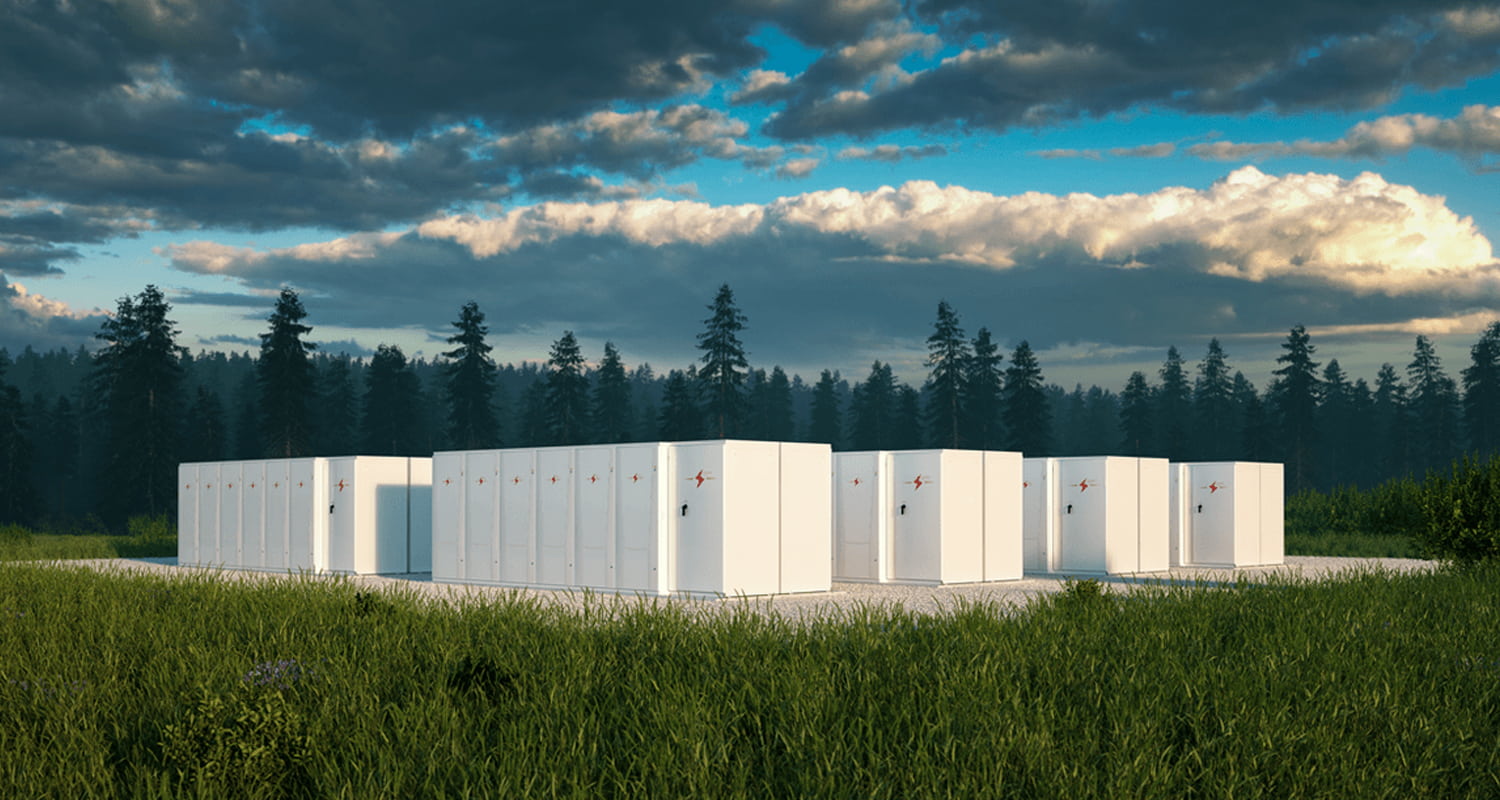The Expansion of Energy Storage Sites: Addressing the Heat Island Effect in Solar Power
Aug 09, 2024
As we continue to make strides towards a more sustainable future, the expansion of energy storage sites, particularly for solar power, has become a pivotal aspect of our energy transition. Solar energy storage facilities are getting bigger and more sophisticated, enabling us to harness and store the sun's energy for use when the sun isn't shining. However, this rapid growth also brings with it a unique challenge: the heat island effect.
The Heat Island Effect in Solar Energy Storage Sites
The heat island effect refers to the phenomenon where an area experiences higher temperatures than its surrounding rural areas due to human activities and modifications to the land surface. In the context of solar energy storage sites, this effect can be exacerbated by the extensive use of materials like concrete and steel, which absorb and retain heat. As these sites grow larger, they can potentially contribute to local temperature rises, impacting both the environment and the efficiency of the solar panels themselves.
Why Preventing the Heat Island Effect is Crucial
Environmental Impact: Increased temperatures can disrupt local ecosystems, affecting plant growth, wildlife habitats, and even water resources.
Energy Efficiency: Higher temperatures can reduce the efficiency of solar panels, as they are designed to work optimally within a specific temperature range.
Urban Comfort: In areas where solar storage sites are located near residential or commercial zones, the heat island effect can make outdoor spaces uncomfortable and increase energy consumption for cooling.
Strategies to Mitigate the Heat Island Effect
Green Roofs and Vegetation: Incorporating green roofs or surrounding the site with vegetation can help absorb heat and provide shade, reducing the overall temperature.
Reflective Surfaces: Using reflective materials for the site's infrastructure can minimize heat absorption, keeping the area cooler.
Advanced Cooling Systems: Implementing efficient cooling systems that use minimal water resources can help manage the temperature within the storage facilities.
Smart Design and Layout: Strategic placement of solar panels and storage units can optimize airflow and shading, naturally reducing heat accumulation.
As we continue to expand our solar energy storage capabilities, it's crucial that we do so in a way that minimizes environmental impact and maximizes efficiency. The heat island effect is a challenge that must be addressed through innovative design, sustainable materials, and a commitment to preserving the ecosystems we rely on. By doing so, we can ensure that our journey towards a renewable energy future is both progressive and responsible. Let's embrace the growth of solar energy storage while mitigating its unintended consequences, working together to create a cooler, greener planet for all.